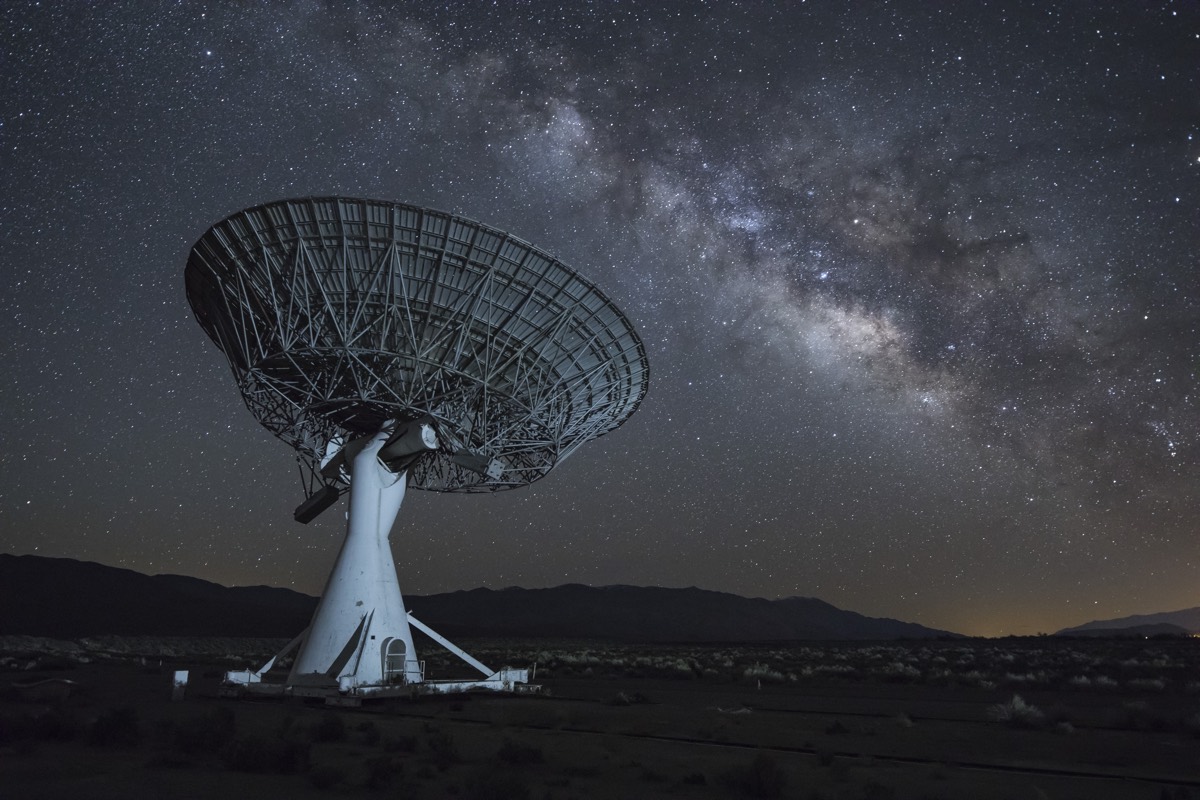
Scientists at the Centre for Astrophysics, Harvard and Smithsonian and the University of Rochester are working on a project to search the universe for signs of life via technosignatures, after receiving the first NASA non-radio technosignatures grant awarded for the first time and the first SETI-specific NASA grant in over three decades.
Researchers believe that scientific principles of life remain the same though the forms may be different. They believe that technosignatures available on Earth may also be available outside of the solar system. Avi Loeb, Frank B Baird Junior Professor of Science at Harvard said, “Technosignatures relate to signatures of advanced alien technologies similar to, or perhaps more sophisticated than, what we possess. Such signatures might include industrial pollution of atmospheres, city lights, photovoltaic cells (solar panels), megastructures, or swarms of satellites.”
“The Search for Extraterrestrial Intelligence (SETI) has always faced the challenge of figuring out where to look. Which stars do you point your telescope at and look for signals?” said Adam Frank, a professor of physics and astronomy at the University of Rochester and the primary recipient of the grant. “Now we know where to look. We have thousands of exoplanets including planets in the habitable zone where life can form. The game has changed.”
Scientists opine that other planets might show detectable signs of artificially produced molecules such as chlorofluorocarbons (CFCs) that nature is unlikely to produce, which could indicate presence industrial activity
Loeb said, “My hope is that using this grant, we will qualify new ways to probe signs of alien technological civilizations that are similar or much more advanced than our own. The main question is are we alone and if now we are, were we in the past?”




